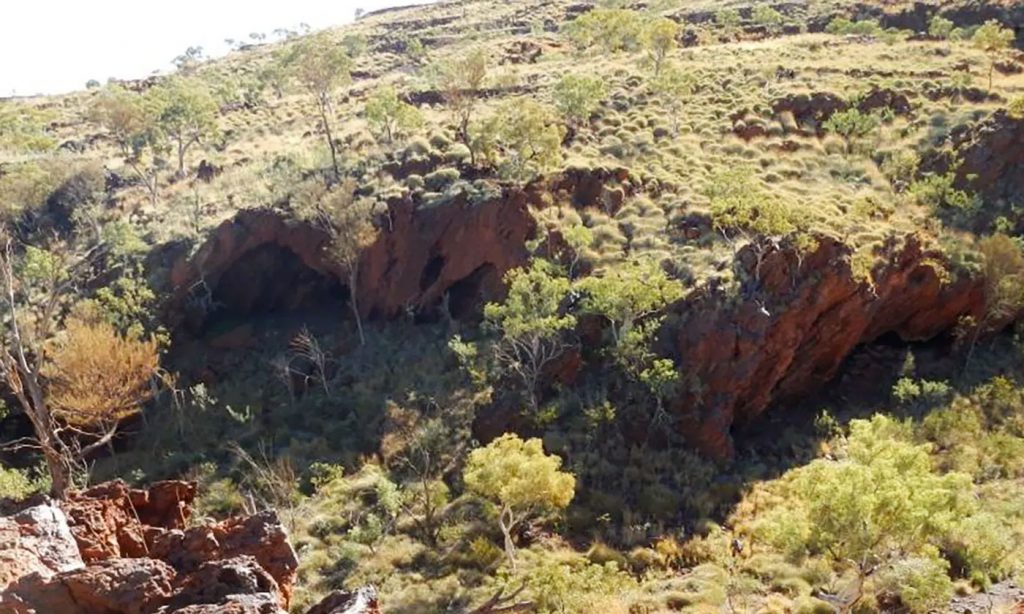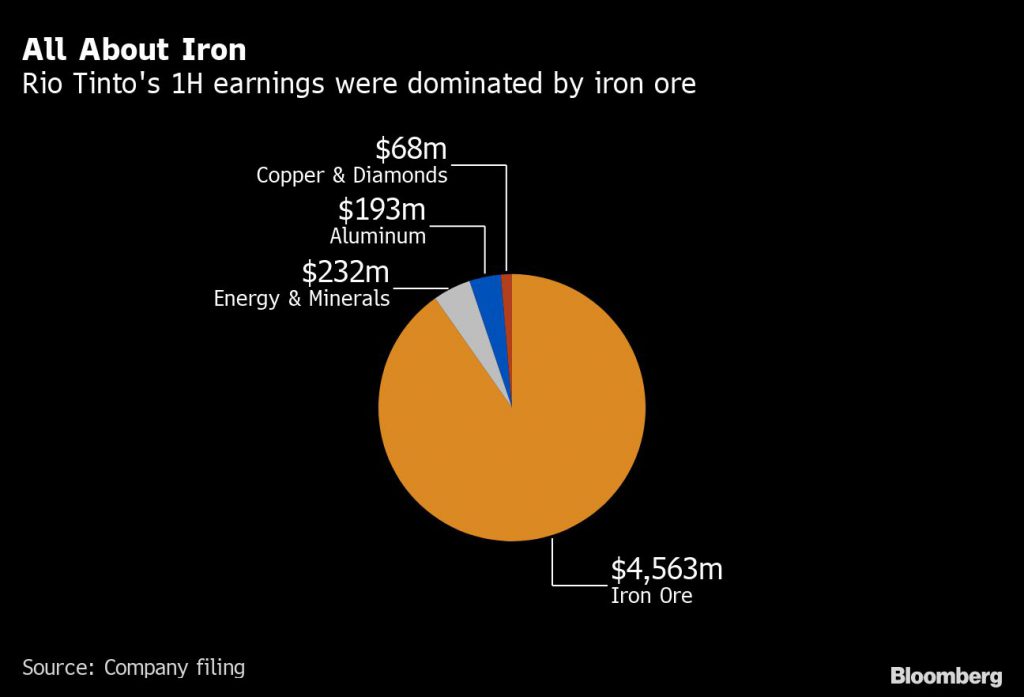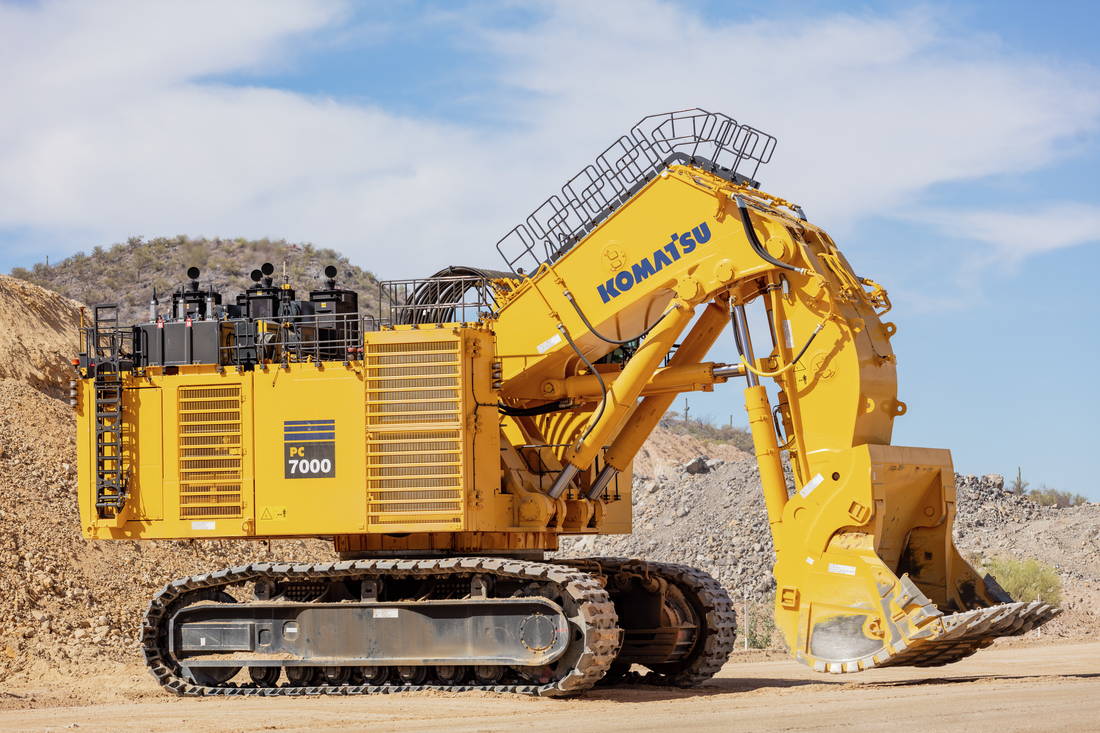Rio Tinto says missed chances to avoid destruction of sacred caves

Rio Tinto, the world’s second-largest miner, missed key opportunities to prevent damage to one of Australia’s most significant Aboriginal heritage sites, according to its evidence to a parliamentary inquiry.
Explosions in late May to access areas of high-grade iron ore at the Brockman 4 mine in Western Australia’s Pilbara region, flattened two rock shelters in the Juukan Gorge, where archaeologists had found evidence that parts of the site were used by humans as long as 46,000 years ago.
Rio had failed to adequately recognize the site’s heritage value over several years, and when the issue was escalated by a community heritage adviser days before the planned explosions, the miner found it was unable to safely remove explosives from 382 blast holes and had to proceed, the company said in a submission to an Australian Parliamentary committee published Tuesday.
Attention from legislators and investors has been focused on Rio’s approach to local communities, governance issues, and the potential that’ll it now become more difficult to win consent for new mines or to expand existing sites. There’s a risk capital expenditure may rise and a prospect of delayed approvals for about eight replacement mines Rio needs in its iron ore division by 2026, according to Goldman Sachs Group Inc.
“It is clear that various opportunities were missed to re-evaluate the mine plan,” Rio said in the submission. “A further opportunity was missed in 2018, with the publication of the final report on the archaeological excavations.”
Chief Executive Officer Jean-Sebastien Jacques, who has apologized to the Puutu Kunti Kurrama and Pinikura Aboriginal Corporation, the traditional users of the Juukan Gorge sites, is scheduled to give evidence to the committee at a Friday hearing.
The 2018 archaeological report for Rio set out that one of the sites, the Juukan-2 rock shelter, was among the most significant of its type in Australia and detailed how teams had recovered artifacts, including braided human hair, a bone tool and 40,000-year-old kangaroo feces, according to Rio.
Juukan-2 had “amazing potential to radically change our understanding of the earliest human behavior in Australia,” archaeologist Michael Slack said in the report, according to passages cited in Rio’s submission.
The blasts were permitted under a Western Australia government process that’s now scheduled to be replaced by new legislation that’ll offer more protection for heritage sites and give communities rights of appeal.

“The clear message from Aboriginal people and industry stakeholders is that the current legislation is well past its use- by date,” the Western Australian government said in its own submission to the inquiry.
Rio has confirmed there won’t be any impact on iron ore production guidance this year, though has acknowledged it is reviewing the longer-term implications.
“We will have to modify some of the mining plans, the team is on the case,” Jacques told investors on an earnings call last week. Iron ore accounted for more than 90% of first-half profits.
(By David Stringer)
{{ commodity.name }}
{{ post.title }}
{{ post.date }}

Comments